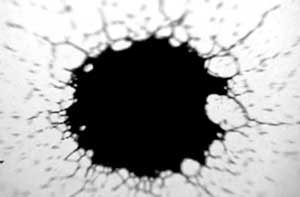 A new study shows why levitating droplets on hot surfaces eventually explode if they start our large enough.
A new study shows why levitating droplets on hot surfaces eventually explode if they start our large enough.
Monday, May 6, 2019
Study reveals final fate of levitating Leidenfrost droplets
 A new study shows why levitating droplets on hot surfaces eventually explode if they start our large enough.
A new study shows why levitating droplets on hot surfaces eventually explode if they start our large enough.
Nanoparticle sensor can detect spoiled milk before opening
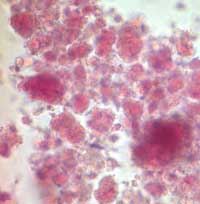 The sensor consists of chemically coated nanoparticles that react to the gas produced by milk and the bacterial growth that indicates spoilage.
The sensor consists of chemically coated nanoparticles that react to the gas produced by milk and the bacterial growth that indicates spoilage.
Nanovaccine design can dramatically improve cancer immunotherapies
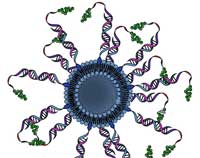 Effectiveness depends on molecular architecture and 3D presentation of components.
Effectiveness depends on molecular architecture and 3D presentation of components.
Quantum computing with graphene plasmons
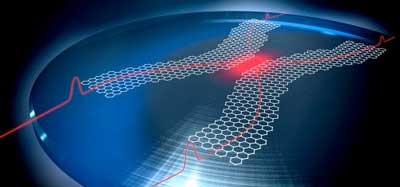 In their proposed graphene quantum logic gate, scientists show that if single plasmons are created in nanoribbons made out of graphene, two plasmons in different nanoribbons can interact through their electric fields.
In their proposed graphene quantum logic gate, scientists show that if single plasmons are created in nanoribbons made out of graphene, two plasmons in different nanoribbons can interact through their electric fields.
The power of randomization: Magnetic skyrmions for novel computer technology
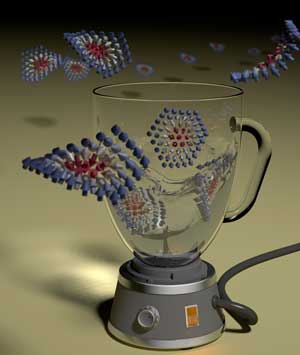 First steps towards a practical application for magnetic skyrmions.
First steps towards a practical application for magnetic skyrmions.
Taming defective porous materials for robust and selective heterogeneous catalysis
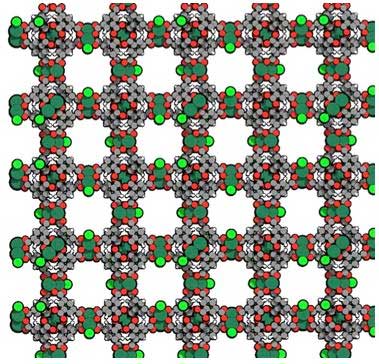 The production of 1-butene via ethylene dimerization is one of the few industrial processes that employs homogeneous catalysis due to their high selectivity - despite the massive amounts of activators and solvents required. Researchers have developed a more sustainable alternative via metal-organic frameworks (MOFs), a family of porous materials formed by metallic nodes connected through organic ligands.
The production of 1-butene via ethylene dimerization is one of the few industrial processes that employs homogeneous catalysis due to their high selectivity - despite the massive amounts of activators and solvents required. Researchers have developed a more sustainable alternative via metal-organic frameworks (MOFs), a family of porous materials formed by metallic nodes connected through organic ligands.
Filming how our immune system kill bacteria
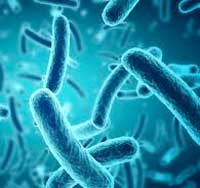 To kill bacteria in the blood, our immune system relies on nanomachines that can open deadly holes in their targets. Scientists have now filmed these nanomachines in action, discovering a key bottleneck in the process which helps to protect our own cells.
To kill bacteria in the blood, our immune system relies on nanomachines that can open deadly holes in their targets. Scientists have now filmed these nanomachines in action, discovering a key bottleneck in the process which helps to protect our own cells.
Driving chemical reactions with light
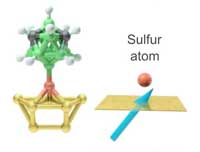 How can chemical reactions be triggered by light, following the example of photosynthesis in nature? This process is still poorly understood. Researchers ave now uncovered a major piece of the puzzle.
How can chemical reactions be triggered by light, following the example of photosynthesis in nature? This process is still poorly understood. Researchers ave now uncovered a major piece of the puzzle.
Subscribe to:
Comments (Atom)
